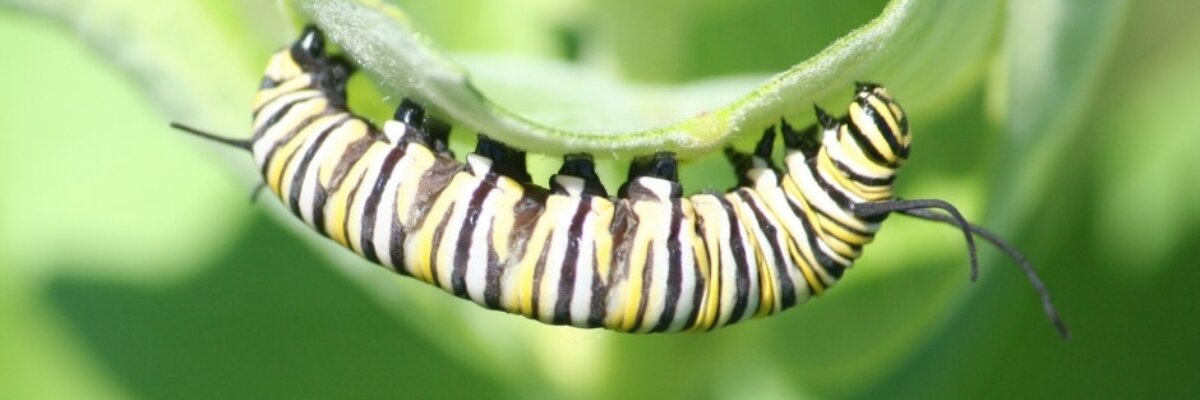
Where can I find milkweed?
Milkweed plants are perennials, which means that an individual plant lives for more than one year and will sprout in the spring from both rootstock and seeds. Because of this milkweed will grow in the same general area year to year, although its exact location can shift. Look for milkweed in regularly disturbed areas, and areas of native landscaping. For example, check local parks, nature reserves, along alleys and sidewalk boulevards, rain gardens, prairie, and (safely) roadsides. In the Midwest, milkweed used to grow abundantly in prairies, and later within and beside agricultural fields. However, due to habitat loss from changing land use practices, their numbers have decreased. To learn more about the milkweed species native to your area and where to find them, visit the Biota of North America Program’s distribution maps, the Monarch Watch’s milkweed profiles page, and Monarch Joint Venture’s Plant Milkweed for Monarchs pdf. Perhaps the easiest way to find milkweed though is to plant some in your own garden! It is especially important to plant more milkweed now, to help bring back milkweed for monarchs. We recommend planting milkweed species native to your area whenever possible, as it is most suited to your climate and requires the least maintenance. Use The Xerces Society’s Milkweed Seed Finder to help you find seeds in your state. For a brief how-to flyer on planting milkweed in your garden, download MJV's Gardening for Monarchs pdf. For a detailed guide to planting milkweed, see the Monarch Watch’s Growing Milkweeds page.
